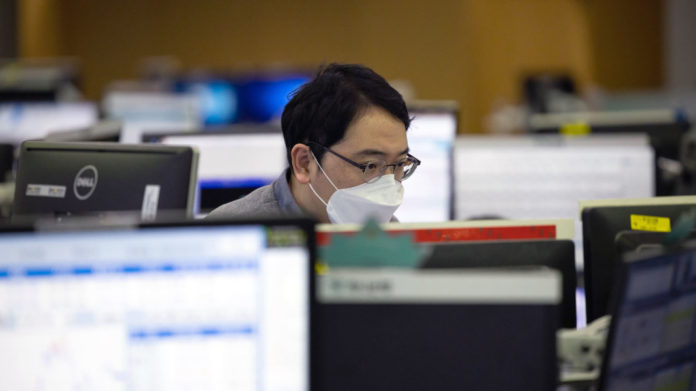The UK economy is about to enter the deepest recession since the financial crisis, including the steepest quarter-on-quarter decline in economic activity since comparable records began.
The report out today by the Centre for Economic and Business research says that they expect the economy to have contracted marginally in the first quarter of the year, by 0.5% . This, however, is expected to be followed by a much steeper contraction of 15% in GDP in the second quarter as business closures take their toll,the previous largest quarterly fall in GDP from the current records which only go back to 1997 was 2.2% in the last quarter of 2008.
The CEBR expected that restrictions on businesses and the wider populations will be loosened by the third quarter as testing becomes more widely available, helping to identify and isolate infection hotspots more efficiently.
They also expect the government to introduce measures to kick start consumer spending as the economy returns to work, possibly a temporary VAT cut while measures to encourage business investment which otherwise will take till after 2020 to get back to its previous peak.
This will lead to a sharp bounce back in the third and fourth quarter of the year. Over 2020 as a whole we expect GDP to be 4% lower than in 2019.
On the assumption that further government measures are applied to kickstart consumer spending in the second half of 2020, we expect GDP growth to recover to 3.5% in 2021 and 2.5% in 2022.
The report says the unemployment will jump sharply to reach 7% in the autumn despite government measures to slow the rise.
With rising unemployment and an increase in the number of people relying on benefits to top up their incomes and many shops closed, household consumption will experience a substantial hit in the second quarter of the year, declining by around 15% on the quarter. Although they expect a recovery in the second half of the year, consumer spending will be about 5% lower in 2020. It will rise 4% in 2021.
The biggest proportional hit to the economy is likely to come from falling business investment.This will be down 13% in 2020. Although there will be a recovery, the forecasts suggest it will take till 2032 for business investment to catch up with its 2017 peak unless measures are taken to encourage it.
House prices are likely to fall sharply. Their predictions show a drop of 13% in the year to January 2021. By 2022 despite the economic recovery the forecasts show house prices 15% down from their peak.
Although inflation will remain low during the coming months, they see rising inflation in 2021 and 2022 with the CPI hitting a peak of 3.2% in Q1 2021.
Interest rates are likely to rise in 2021 in response to higher inflation with rates reaching 3% by 2022.
Government borrowing is likely to reach £180 billion (7% of GDP) in the current 2020/21 financial year before falling back to £120 billion (5% of GDP) in 2021/22. The debt to GDP ratio is likely to reach 100% of GDP in 2021 and this will not include loans to companies that are eventually likely to have to be written off.







